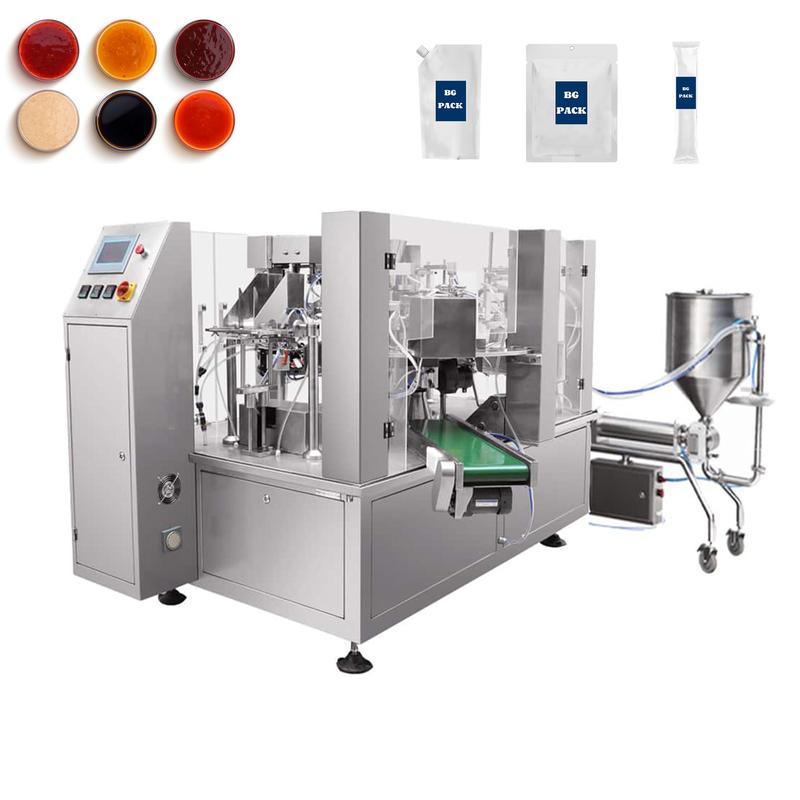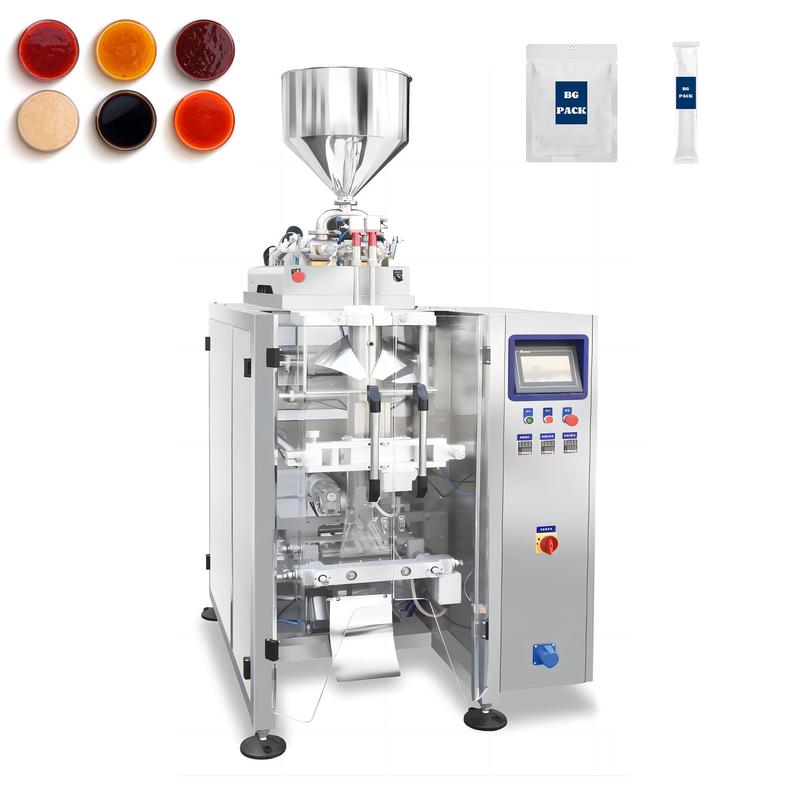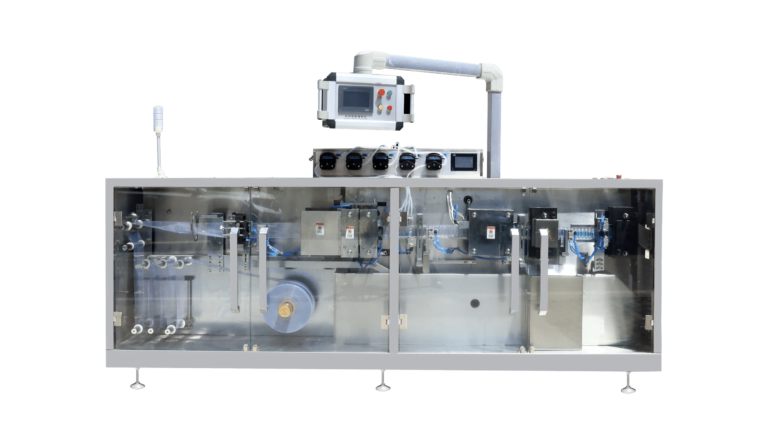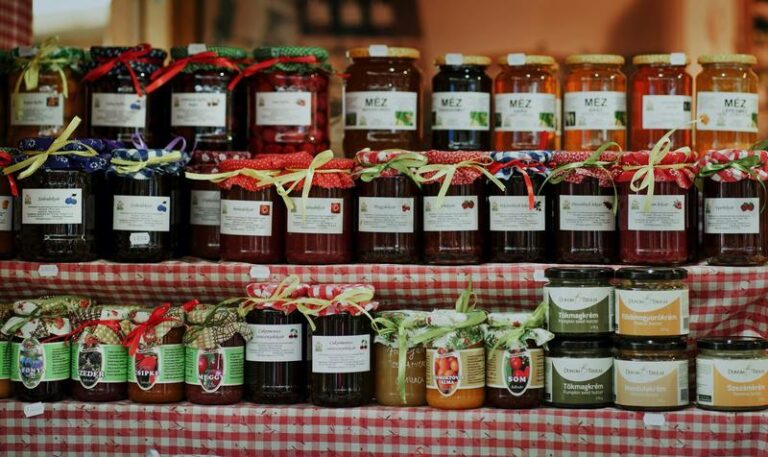What are the Best Jam Packaging Ideas? (And Why They’re Crucial for Your Jam)
Forget boring jars! The right jam packaging does more than just hold your delicious creation. It catches the eye, keeps your jam fresh, and convinces customers to buy. Think of it as your jam’s first impression – make it count! We’ve broken down the top ideas into categories to help you find the perfect fit:
Traditional Charm (For a Classic, Homemade Feel):
- Glass Jars (Round, Square, Hexagonal): The classic choice. People love seeing the jam, and these jars are reusable! Think about different shapes to stand out.
- Mason Jars: Instantly give your jam a rustic, handcrafted vibe. Perfect for farmers’ markets or artisanal brands.
- Mini Jars: Great for samples, gift sets, or if you want to offer smaller portions. Less waste!
- Wide-Mouth Jars: Make it easy for customers to scoop out every last bit of jam.
- Decorative Lids: Add a special touch! Think colorful lids or lids with your logo.
- Paper Labels (Classic Designs): A budget-friendly way to personalize your jars.
- Fabric Covers (Linen, etc.): Give your jam that extra “homemade with love” feeling.
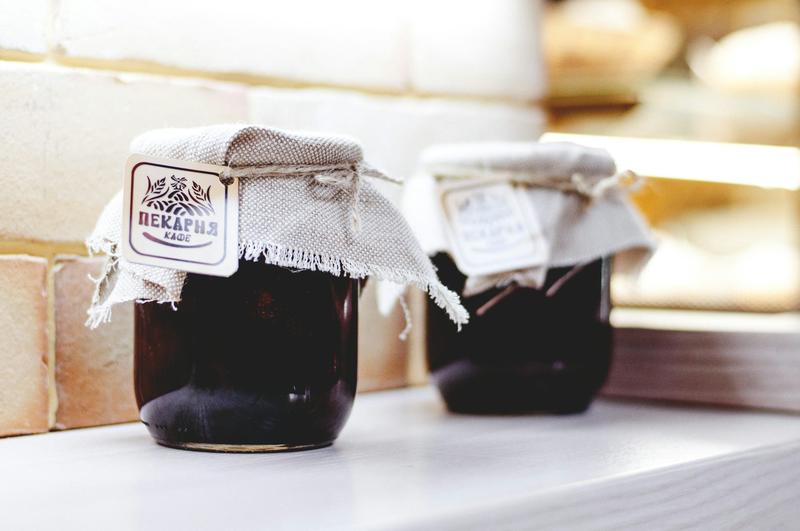
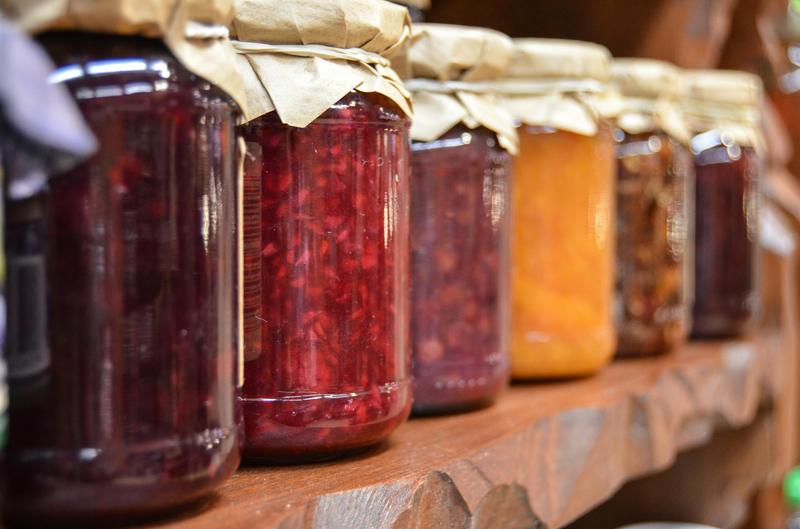
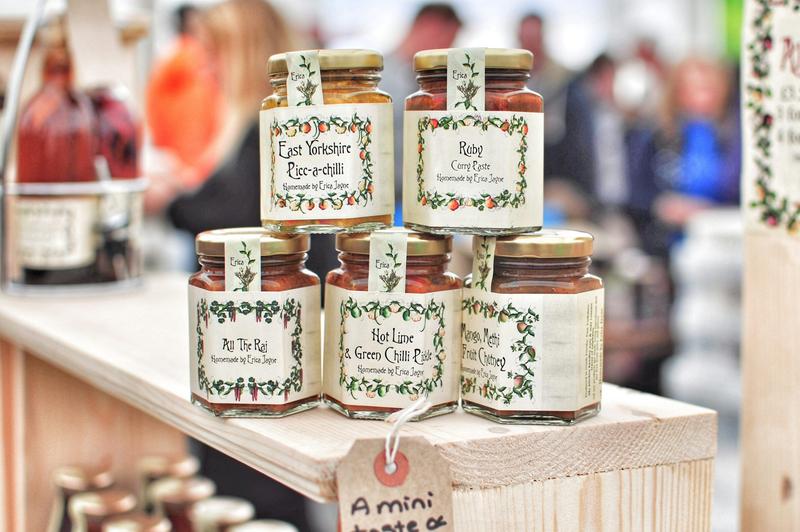
Modern & Convenient (For Busy Lifestyles):
- Stand-Up Pouches: Lightweight, easy to store, and take up less space in the pantry.
- Spouted Pouches: Perfect for kids! No more messy spoons.
- Squeezable Tubes: Great for picnics, lunches, or on-the-go snacking.
- Single-Serve Pods (Like K-Cups): Control portions and keep things neat.
- Unique Jar Shapes: Want to really stand out? Consider a custom-designed jar!
- Clear Plastic Containers (PET): Lighter than glass and won’t break easily.
- Metallic Foil Pouches: Give your jam a premium, high-end look.
- Digital Printed Labels: Get creative with vibrant colors and detailed designs.
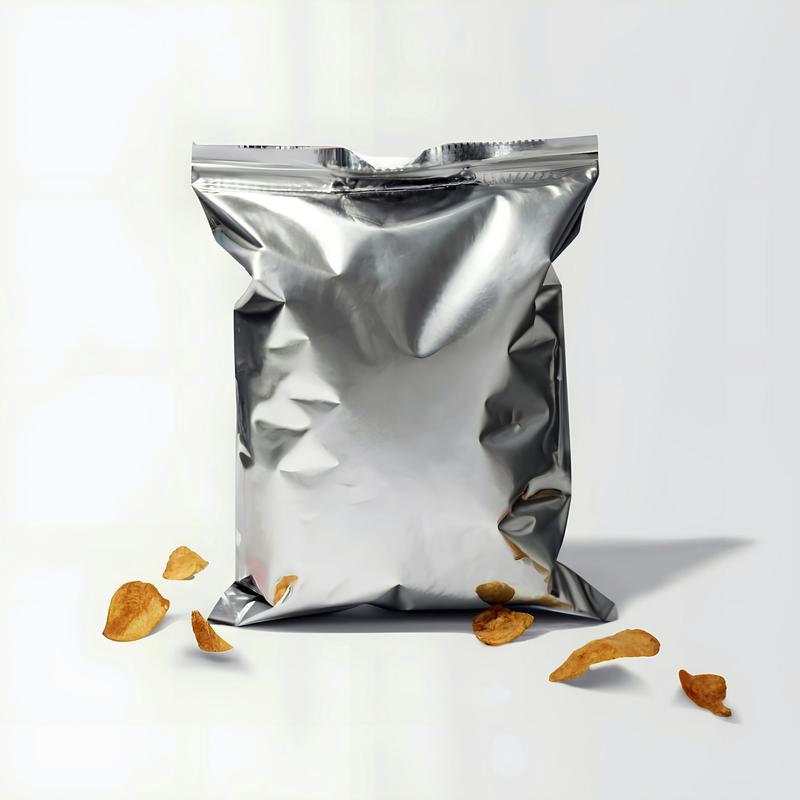
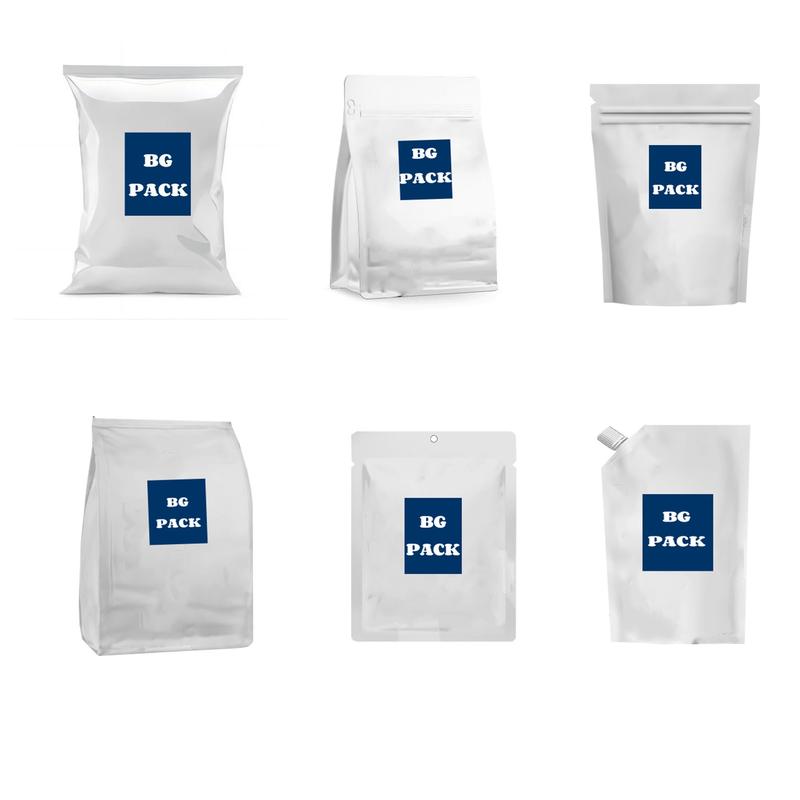
Eco-Friendly Choices (For a Greener Planet):
- Recycled Glass Jars: Show customers you care about the environment.
- Compostable Pouches: Made from plants, these break down naturally.
- Biodegradable Labels: Another way to reduce your footprint.
- Reusable Cloth Bags: Encourage customers to skip the plastic bag.
- Minimalist Packaging: Use less material overall.
- Bulk Packaging (Refills): Let customers refill their own jars – less waste!
- Plantable Seed Paper Labels: A fun, eco-friendly touch! Customers can plant the label and grow wildflowers.
✨ See More Inspiring Jam Packaging Ideas! ✨ (This is more visually appealing)
Why does all this matter? Because your packaging directly impacts:
- Your Brand: Are you a luxury brand? A homemade, family business? Your packaging tells that story.
- Your Sales: Attractive packaging grabs attention on the shelf.
- Customer Happiness: Easy-to-use, sustainable packaging makes customers happy.
Remember that time you saw that amazing jam at the farmer’s market? The one in the tiny hexagonal jars with the handwritten labels? It probably caught your eye because of the packaging. That’s the power of a well-chosen design! It’s about finding the perfect fit for your jam and your customers.
What Types of Jam Packaging Are Out There? (From Jars to Pouches!)
Choosing the right container for your jam depends on a few things: what’s best for your jam, who you’re selling to, and your budget. Let’s explore the main options:
1. Glass Jars: The Classic Choice
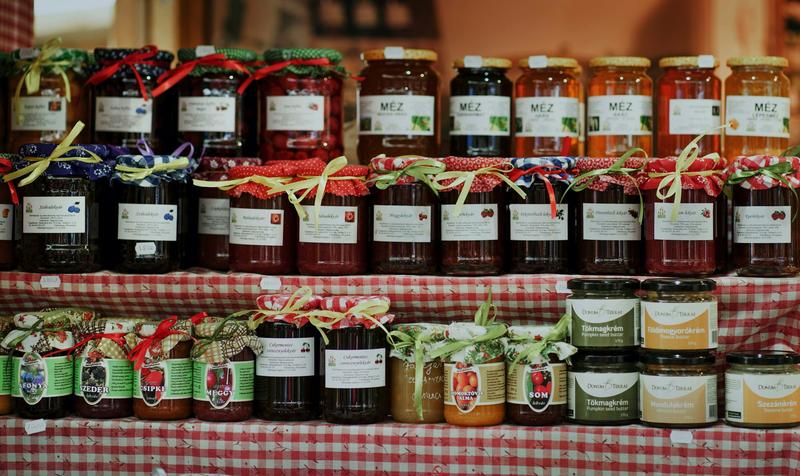
Why they’re great: Glass jars are like the little black dress of jam packaging – they never go out of style! They’re strong, protect your jam from air and light (keeping it fresh!), and give a premium feel. Plus, they’re recyclable and reusable.
Best for: High-end jams, artisanal brands, or anyone who wants a classic look.
2. Plastic Containers: Lightweight & Budget-Friendly
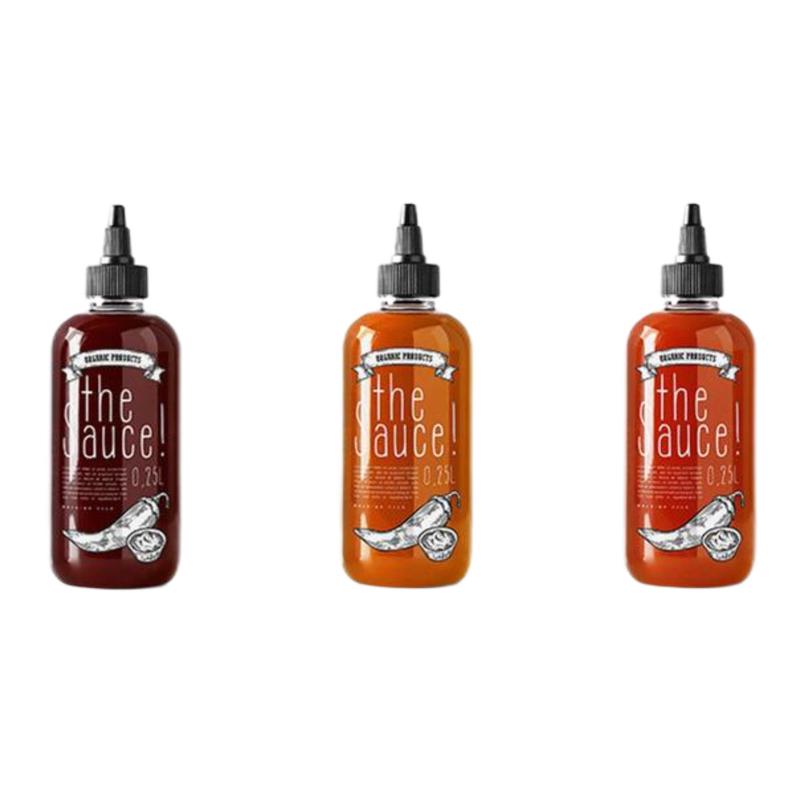
Why they’re great: Plastic is lighter than glass (cheaper to ship!) and less likely to break. It’s also often less expensive.
Best for: Larger-volume jams, mass-market brands, or when cost is a major factor.
Important Note: Many companies are switching to recycled PET plastic to be more eco-friendly.
3. Flexible Packaging (Pouches): The Modern, Convenient Option
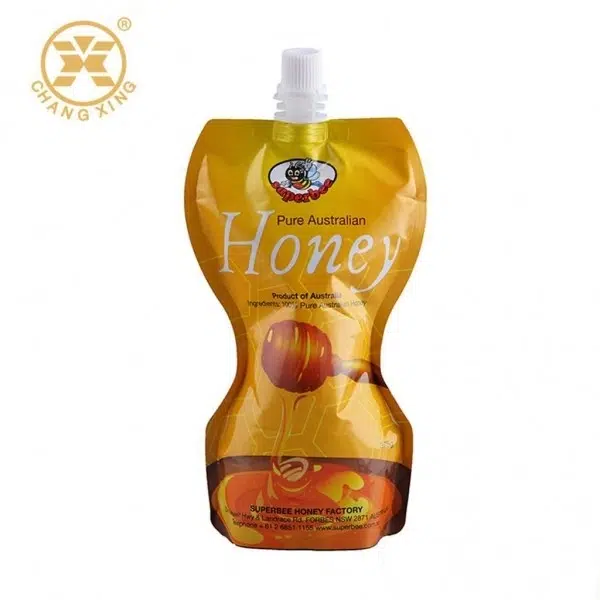
Why they’re great: Pouches are becoming super popular! They’re lightweight, take up less space, and are easy to customize. Think stand-up pouches, spouted pouches (perfect for kids!), or even single-serve pouches.
Best for: On-the-go snacks, families, or brands that want a modern look.
4. Buckets: For Big Batches
Why they are great: Ideal solution if you need a lot of jam
Best for: Restaurants, caterers, or large-scale food production.
5. Blister Packs: Portion Control Perfection
Why they are great: These are those little individual servings of jam you sometimes see. They keep the jam fresh and are perfect for single use.
Best for: Hotels, restaurants, or anyone offering single-serving options.
6. Tubes: Squeeze and Go!
Why they’re great: Tubes are super convenient – just squeeze out the amount you need! No mess, no waste, and easy to reseal.
Best for: Kids, lunches, picnics, or travel.
How Does Jam Get into the Jar (or Pouch)? The Packaging Process Explained
Ever wondered how all that delicious jam gets into its container? Here’s a simplified look at the jam packaging process:
1. Jam Prep (The Hopper):
Think of the hopper as a giant bowl that holds the jam. This “bowl” feeds the jam into the packaging machine.The machine carefully measures out the exact amount of jam needed for each container.
2. Weighing & Filling (Getting it Just Right):
The machine uses special methods (like a piston or a volume-measuring system) to make sure each jar or pouch gets the perfect amount of jam. No more, no less! This is where the jam goes into the container you’ve chosen (jar, pouch, bottle, etc.).
3. Sealing (Keeping it Fresh):
This is super important! The machine seals the container tightly to keep air and germs out. This keeps your jam fresh and delicious. One common method is induction sealing, which uses heat to create an airtight seal.
4. Ready to Go (Discharge):
The filled and sealed containers are now ready to be packed into boxes or onto pallets for shipping. Off they go to the store (or your kitchen!)
In short: Jam goes in, gets measured, gets sealed, and gets shipped!
Pouch Packaging vs. Jar Packaging vs. Container Packaging: Which Reigns Supreme?
This is a crucial comparison. Let’s break it down:
| Feature | Pouch Packaging | Jar Packaging (Glass) | Container Packaging (Plastic) |
|---|---|---|---|
| Cost | Generally lower | Higher, especially for custom jars | Moderate |
| Weight | Lightweight | Heavier | Lightweight |
| Space Efficiency | Excellent (flat storage) | Less efficient | Moderate |
| Durability | Good, but susceptible to punctures | Excellent | Good, but can be prone to cracking |
| Sustainability | Varies; compostable options exist | Highly recyclable and reusable | Recyclable, but lower recycling rates |
| Shelf Appeal | Modern, customizable | Classic, premium | Varies, can look cheap |
| Barrier Properties | Varies by material | Excellent | Good, but may not be as good as glass |
| Ease of Use | Spouted pouches are very convenient | Easy to open and reseal | Easy to open and reseal |
There’s no single “best” option.
Pouches are great for convenience, portability, and lower shipping costs. They are gaining popularity, especially for on-the-go consumption and for brands targeting a younger demographic.
Glass Jars remain the gold standard for premium jams, offering excellent preservation and a classic aesthetic. They appeal to consumers who value tradition and reusability.
Plastic Containers offer a balance of cost, weight, and durability, but may not be perceived as premium as glass.
My personal experience is that consumers often associate glass jars with higher quality, especially for artisanal or gourmet jams. However, I’ve also seen the rise in popularity of pouches, particularly for fruit purees and jams marketed towards children.
What Is the Role of Labeling in Jam Packaging?
Labeling serves several important functions in jam packaging. It provides vital product information, helps with brand recognition, and ensures consumer safety.
Brand Identity
Labels prominently feature the brand name and logo, helping consumers easily identify the product.
Ingredients & Nutritional Information
Labels also display the ingredients used in the jam and nutritional information, helping consumers make informed choices based on their dietary preferences.
Expiry Date & Batch Number
Labels include the product’s expiry date, ensuring that consumers use the jam within its recommended timeframe. Batch numbers help trace the product for quality control and recall purposes.
What Quality Standards Should Jam Packaging Meet?
Quality standards are crucial to ensuring the safety and quality of both the jam and its packaging. International organizations set these standards to ensure that packaging materials are safe for food products.
FDA (Food and Drug Administration)
The FDA sets regulations to ensure the safety and sanitation of packaging materials used for food products, including jam.
ISO (International Organization for Standardization)
ISO standards ensure that packaging materials meet quality and safety criteria for food products.
This certification indicates that the packaging materials meet European health, safety, and environmental protection standards.
GMP (Good Manufacturing Practices)
GMP guidelines ensure that jam packaging is produced under controlled conditions, maintaining hygiene and quality throughout the manufacturing process.
How is Sustainability Transforming the Jam Packaging Industry?
Sustainability is no longer a trend. it’s a necessity ! Consumers are increasingly demanding eco-friendly packaging, and regulations are becoming stricter. Here’s how sustainability is impacting jam packaging:
- Shift to Recyclable Materials: Increased use of recycled glass and PET plastic.
- Development of Compostable and Biodegradable Options: Plant-based pouches and films are becoming more readily available.
- Reduced Material Usage: Lightweighting of packaging and minimalist designs.
- Focus on Reusability: Encouraging consumers to reuse jars and containers.
- Improved Recycling Infrastructure: Efforts to increase recycling rates for all types of packaging.
- Life Cycle Assessments: Evaluating the environmental impact of packaging from cradle to grave.
- Edible Films: Cutting-edge research is showing incredible potential for films made of starches and proteins.
Companies that embrace sustainable packaging practices are not only benefiting the environment but also enhancing their brand image and attracting environmentally conscious consumers.
Choosing the Perfect Jam Packaging: It’s More Than Just a Container!
Picking the right packaging for your jam is a big decision. Here’s what you need to think about:
Who Are Your Customers? (Target Audience): Are you selling to families? Health-conscious individuals? Luxury shoppers? Their preferences matter!
What’s Your Brand’s Vibe? (Brand Image): Are you a classic, homemade brand? A modern, eco-friendly brand? Your packaging should match!
What’s Your Jam Like? (Product Characteristics): Is it thick and chunky? Thin and runny? This can affect which packaging works best.
What’s Your Budget? (Cost): Packaging costs can add up, so find a balance between quality and affordability.
How Long Does It Need to Last? (Shelf Life): Some packaging protects your jam better than others.
Where Will You Sell It? (Distribution Channels): Online? In stores? At farmers’ markets? This can influence your packaging choices.
Are You Meeting the Rules? (Regulatory Requirements): Make sure your packaging follows all food safety and labeling laws.
Are You Going Green? (Sustainability Goals): If sustainability is important to you, choose eco-friendly packaging.
Don’t just guess! Think carefully about these factors, and don’t be afraid to ask your customers for their opinions. The right packaging can make all the difference!
Keeping Your Jam Fresh & Delicious: The Power of Packaging
Your jam’s packaging is its first line of defense against spoilage. Here’s how it keeps your jam tasting great for longer:
- Protection from the Outside World (Barrier Protection): Good packaging blocks out air, moisture, light, and tiny organisms that can ruin your jam.
- Airtight Seal (Hermetic Seal): A tight seal is essential to prevent air from getting in and causing the jam to spoil.
- The Right Material (Material Compatibility): The packaging shouldn’t react with the jam, so it keeps its flavor and color.
- Blocking the Light (Light Protection): Dark-colored jars or opaque packaging help protect jams from light damage, especially those with natural colors.
Proper packaging + proper processing (like hot filling) = longer shelf life and happy customers!
Small-Batch Jam, Big Impact: Packaging Tips for Artisanal Producers
Competing with big jam companies can be tough, but small-batch producers have unique advantages!
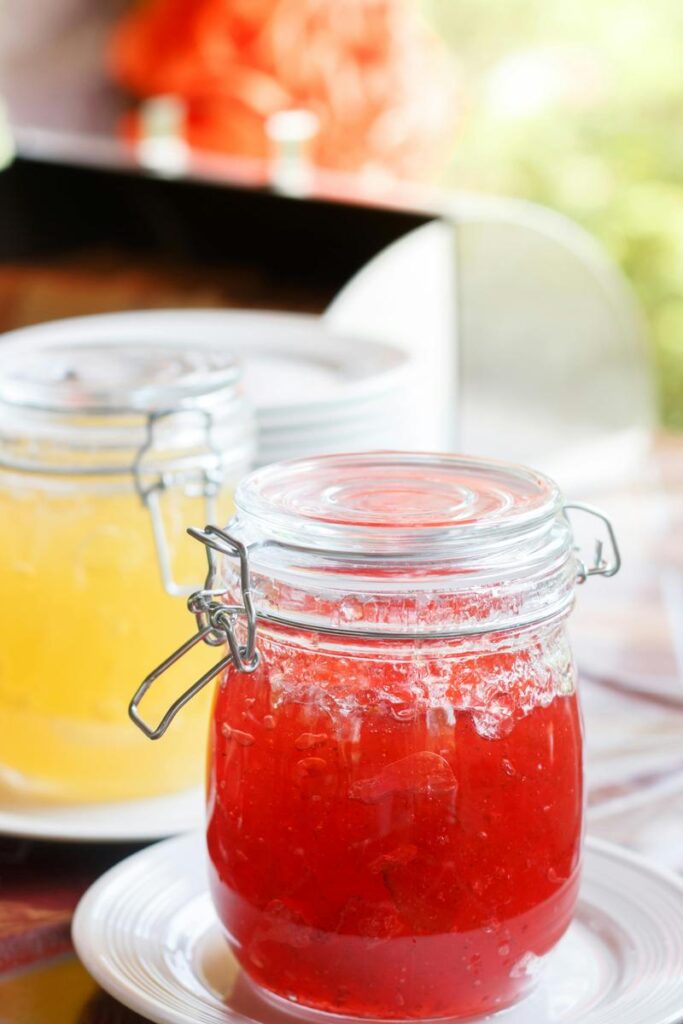
So how to use packaging to stand out:
- Highlight Your Craftsmanship (Quality & Craftsmanship): Show off the handmade nature of your jam! Think mason jars, handwritten labels, or unique designs.
- Tell Your Story: Use your packaging to share your brand’s story, where your ingredients come from, and what makes your jam special. People love a good story!
- Get Creative with Packaging (Unique Packaging Options): Consider custom jar shapes, limited-edition labels, or beautiful gift sets.
- Go Green (Embrace Sustainability): Eco-friendly packaging appeals to a growing number of consumers.
- Connect with Your Customers (Build Relationships): Talk to customers at markets or online, and get their feedback on your packaging.
- Team Up with Artists (Collaborate with Local Artists): Create truly unique packaging that catches the eye.
Remember, you’re not just selling jam; you’re selling an experience! Your packaging should reflect the care and passion you put into your product.
The Future of Jam Packaging: Get Ready for Innovation!
The world of jam packaging is constantly changing. Here are some exciting trends to keep an eye on:
Smart Packaging (Tech Meets Jam): Imagine packaging with sensors or QR codes that tell you how fresh the jam is, where it came from, or even give you recipe ideas!
Active Packaging (Working Harder): This is packaging that actually helps keep the jam fresh for longer, like materials that absorb oxygen.
Personalized Packaging (Just for You): Think custom-printed labels for special events or even for individual customers.
Edible Packaging (Yes, You Can Eat It!): This is still in development, but imagine jam wrapped in a thin, edible film – no waste at all!
Sustainability is Still Key: Expect even more eco-friendly materials and designs.
Less is More (Minimalism): Simple, clean designs are becoming more popular.
Shipping Savvy: Packaging design optimized for damage free shipping.
The future of jam packaging is all about innovation, sustainability, and creating a better experience for the consumer!
Lintyco is a leading provider of equipment and services solutions for packaging beverage, food, home and personal care products in pouch, can, glass and other materials. With over 40,000 machines installed in more than 190 countries, we have nearly 20 years of proven experience, with a strong focus on the factory of tomorrow
A solution for every need. From packaging and blowing to filling, labelling and packing, through palletising, we have solutions designed to meet any need
Explore our related guides:

